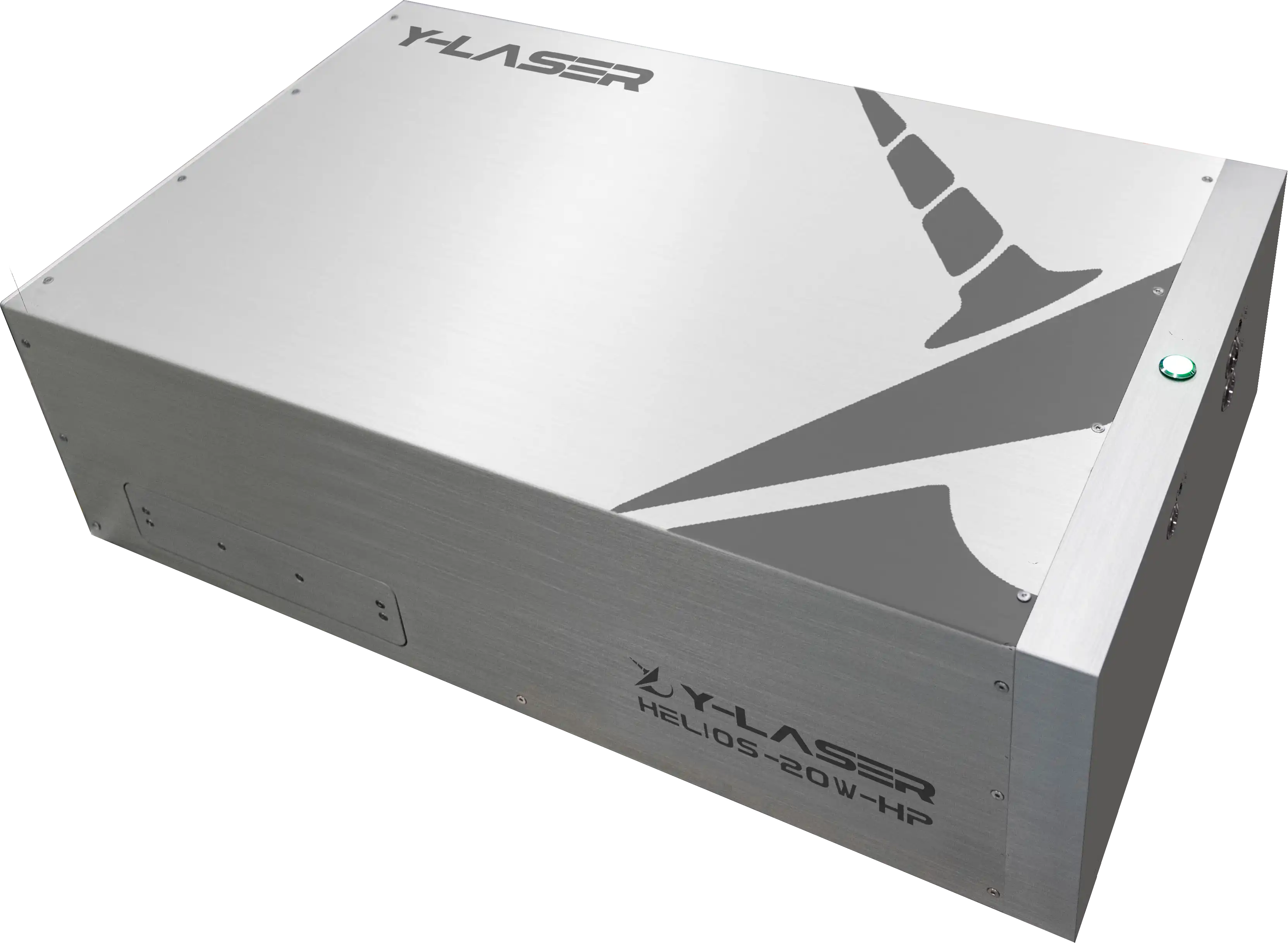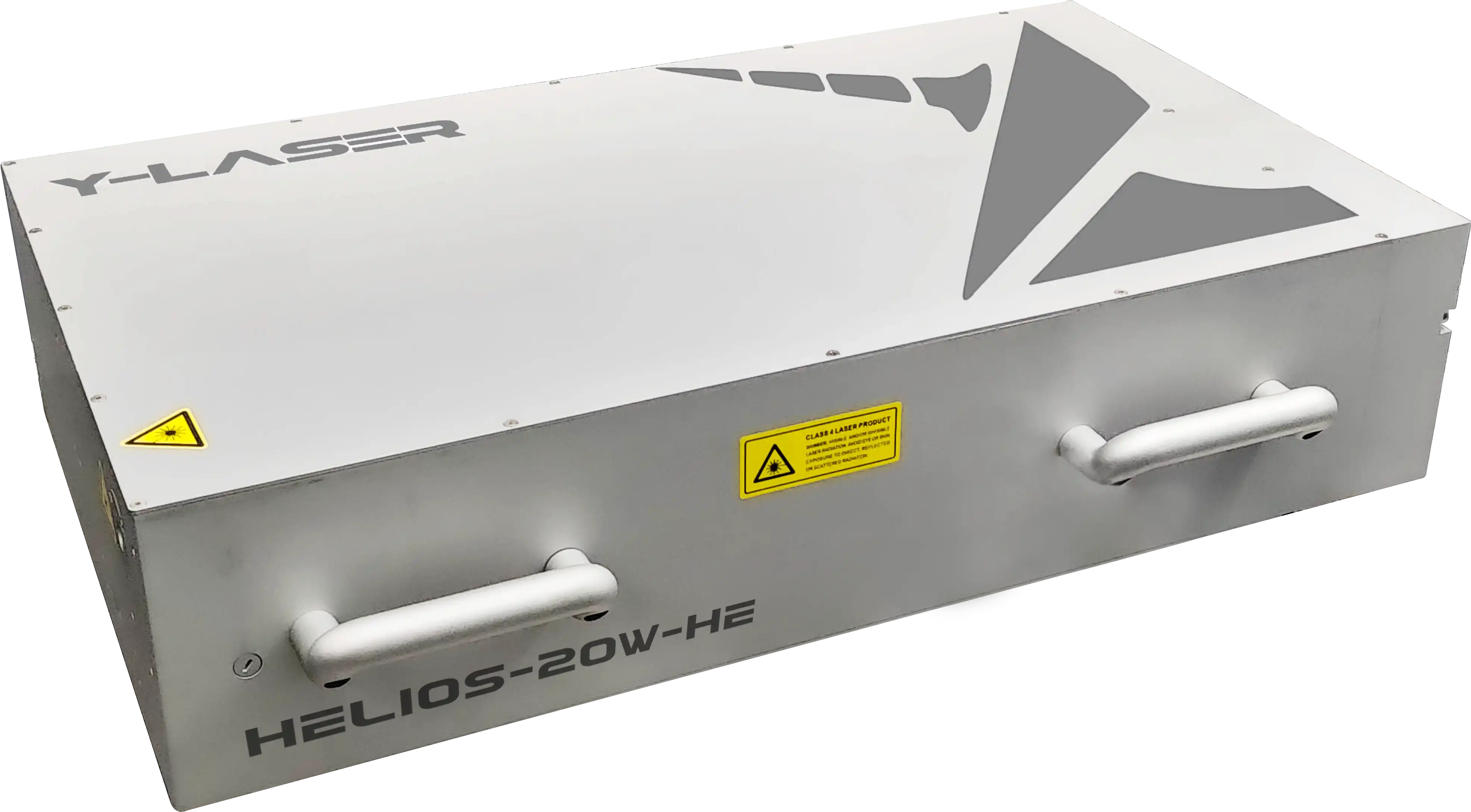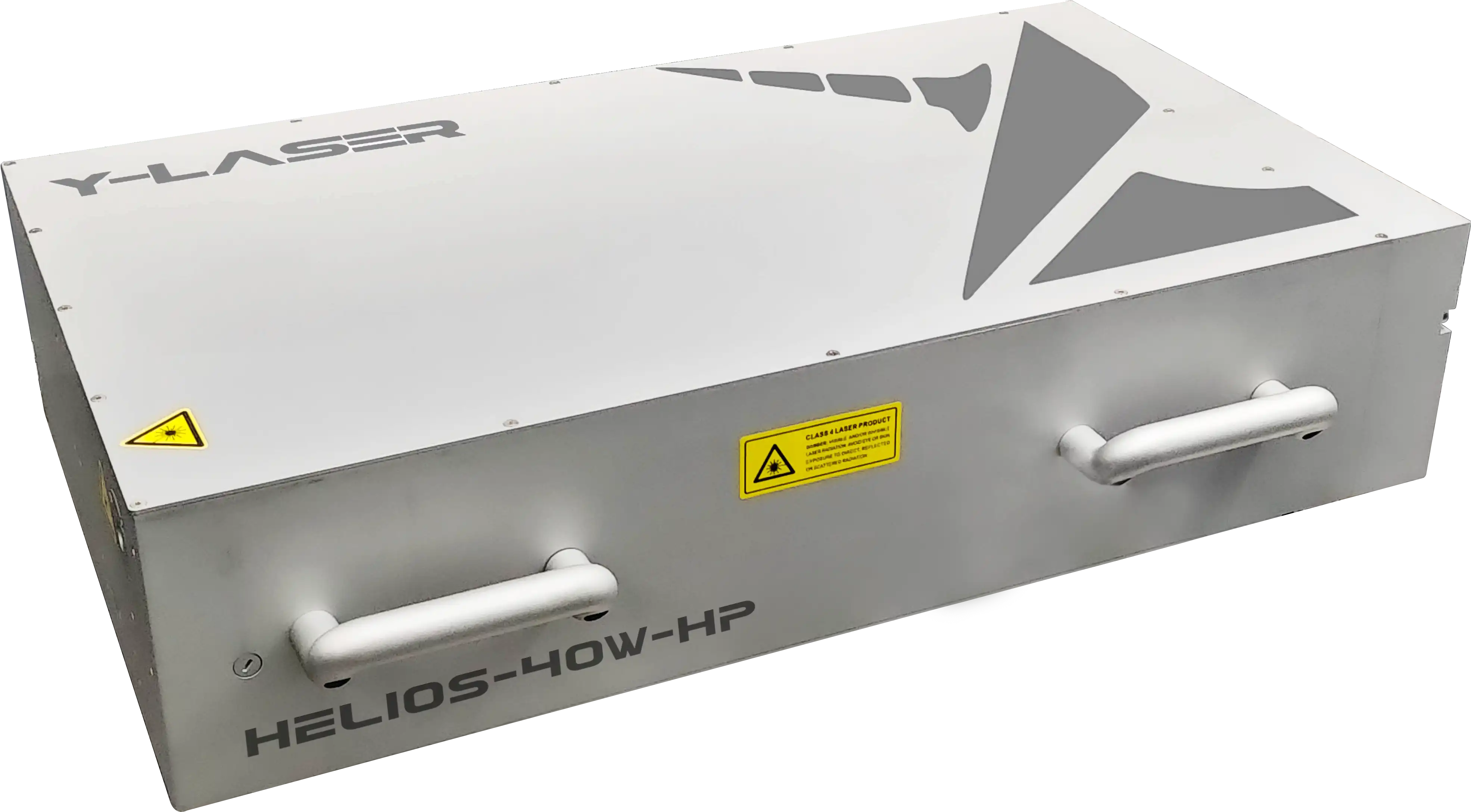The fundamental principle of CARS and SRS techniques lies in the illumination of the sample with two or more laser beams of different frequencies (typically the pump light and the Stokes light). In CARS, when the frequency difference between the pump light and the Stokes light matches the frequency of a molecular vibrational mode in the sample, a new light frequency at the anti-Stokes frequency is generated. The intensity of this new frequency of light is proportional to the concentration of specific molecules in the sample. SRS, on the other hand, focuses on the enhancement or attenuation of the Stokes light or pump light, which is caused by the energy transfer of molecular vibrational modes in the sample.
Femtosecond lasers play a crucial role in both techniques. Femtosecond lasers are capable of producing extremely short pulse widths and high peak powers, which are essential for generating nonlinear signals of sufficient intensity. In CARS, the high peak power of femtosecond lasers significantly enhances the nonlinear signal, improving the signal-to-background noise ratio and thereby increasing detection sensitivity. Meanwhile, the ultrashort pulses of femtosecond lasers allow for precise time-resolved measurements, which are vital for studying rapid dynamic processes such as chemical reactions and changes in material states.
In areas such as drug development, disease diagnosis, and environmental monitoring, CARS and SRS technologies demonstrate significant application potential. Through these techniques, scientists can conduct non-invasive, high spatial resolution research, providing new perspectives for understanding and manipulating the electronic properties of materials, and driving scientific and technological progress in related fields.
References:
A. Hosseinnia et al. "Single-shot coherent control of molecular rotation by fs/ns rotational coherent anti-Stokes Raman spectroscopy.." Optics express, 30 18 (2022): 32204-32214 . https://doi.org/10.1364/oe.459396.

 AI Assistant
AI Assistant


